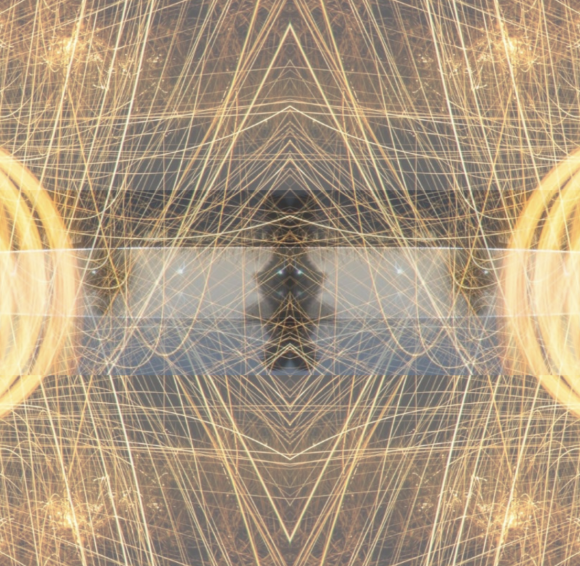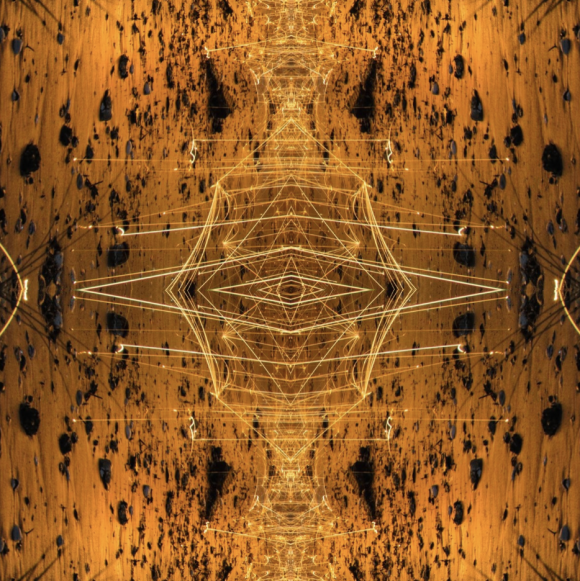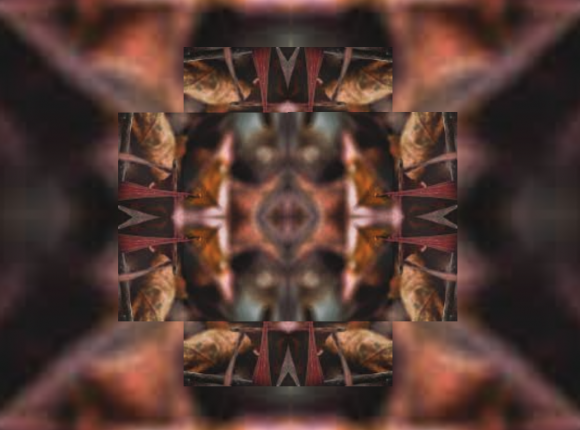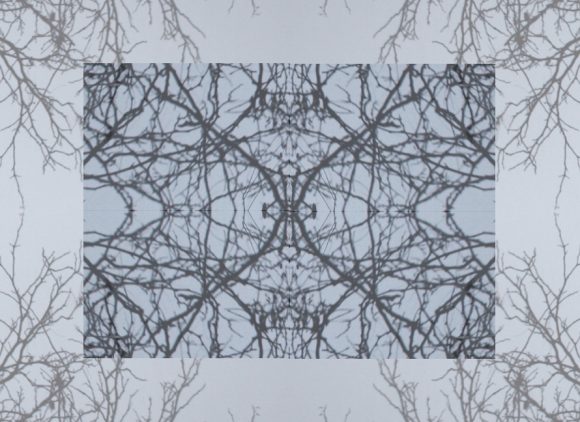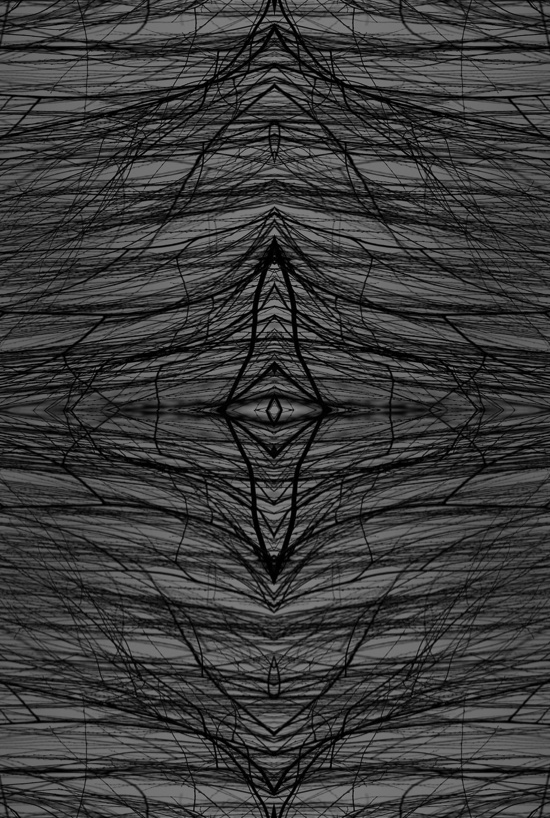
I have written that talk about the underworld (and underworld journeys) in authors such as Jung and Hillman is metaphorical and refers, in its figurative meaning, to something we might as well describe psychologically — keeping in mind, however, that such “translation” between mythical metaphor and psychological description itself depends on more specific theoretical views, which can vary from...
